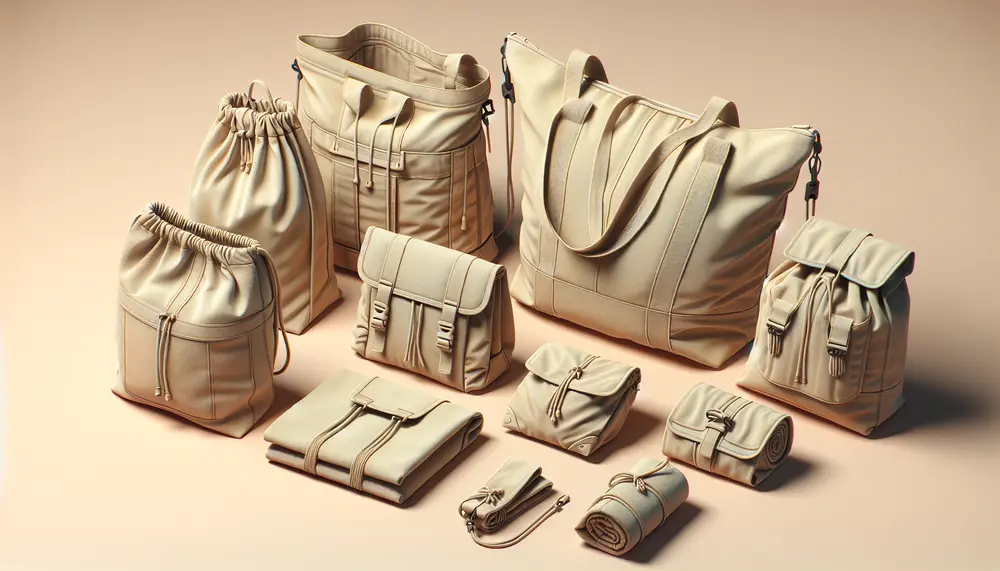Compression
Compression
Compression in Packaging
Compression in packaging refers to the process of reducing the size of packaging materials or products. This technique helps save space, reduce shipping costs, and improve storage efficiency.
Why Compression Matters
Compression is crucial for efficient packaging. It allows more products to fit into a smaller space. This can lead to significant cost savings in transportation and storage.
How Compression Works
Compression works by applying pressure to packaging materials. This pressure reduces the volume of the materials. For example, vacuum sealing removes air from a package, making it smaller.
Types of Compression Techniques
There are several types of compression techniques in packaging. These include vacuum sealing, shrink wrapping, and compacting. Each method has its own benefits and is suitable for different types of products.
Benefits of Compression
Compression offers many benefits. It reduces shipping costs, saves storage space, and can even protect products from damage. Compressed packages are often more durable and easier to handle.
Examples of Compression in Packaging
Common examples of compression in packaging include vacuum-sealed food items, compressed air pillows for cushioning, and shrink-wrapped products. These methods are widely used in various industries to enhance packaging efficiency.
Blog Posts with the term: Compression

Packaging in marketing is a multifaceted tool that influences brand perception and market success, serving not only to protect products but also as a silent salesman through design elements that convey brand values. It enhances visibility, appeal, protection, communication of...
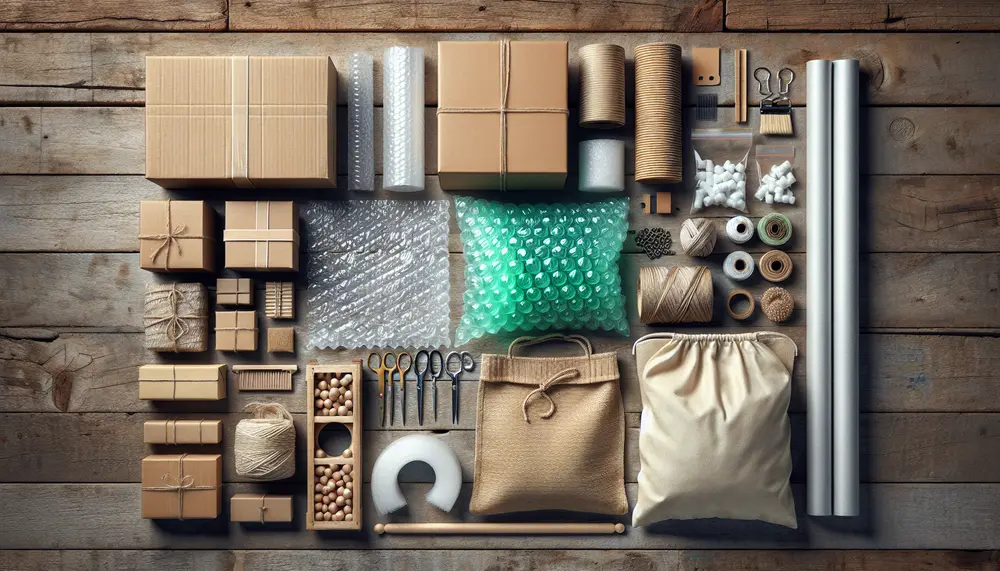
Packaging materials range from traditional paper and glass to modern bioplastics, each with unique properties affecting product safety, cost-effectiveness, and environmental impact. Selecting the right packaging is crucial for brand identity, customer satisfaction, and sustainability; factors like protection needs, branding...
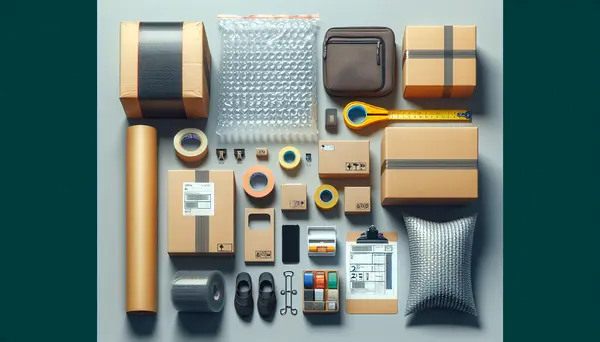
Zip packaging, also known as zip-lock or resealable packaging, is a versatile and functional form of product packing that maintains the freshness and quality of products. It plays a crucial role in ensuring product safety across various industries by preventing...
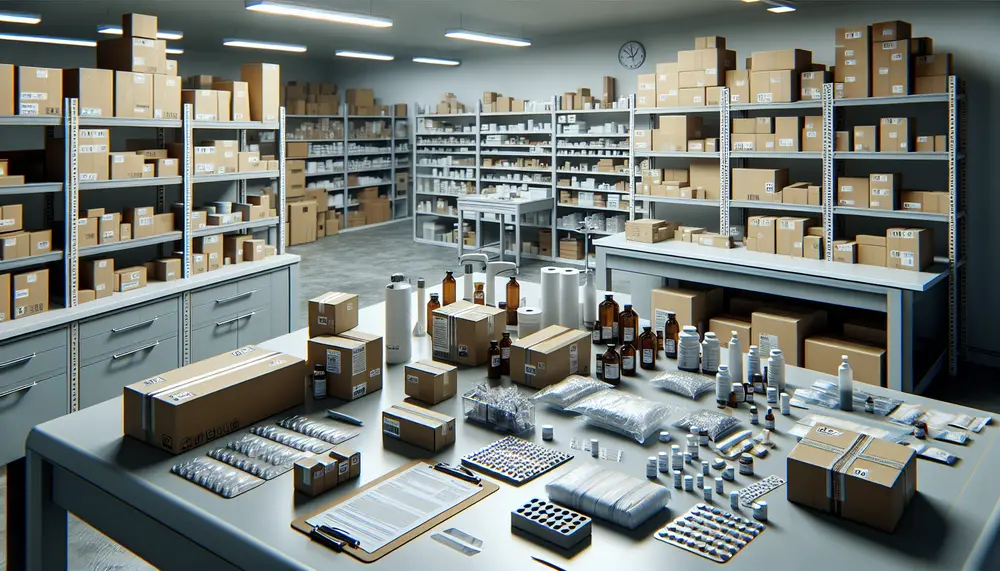
Packaging R&D involves innovating and improving packaging through material testing, prototype development, and performance analysis with a focus on sustainability. Companies like R&D Packaging lead in providing customized solutions that meet environmental standards while ensuring product safety. Innovation is key to...
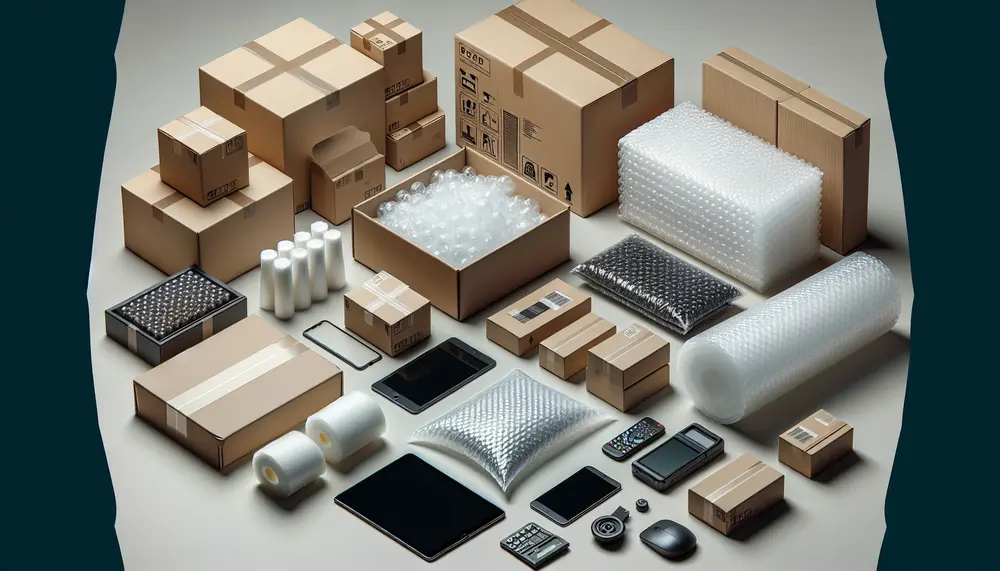
Effective electronic packaging is essential for protecting devices during transport and storage, impacting customer satisfaction and brand reputation. A guide to materials like plastic cushioning, thermoformed plastics, shielding bags, foams, and desiccants helps in selecting the right protection based on...
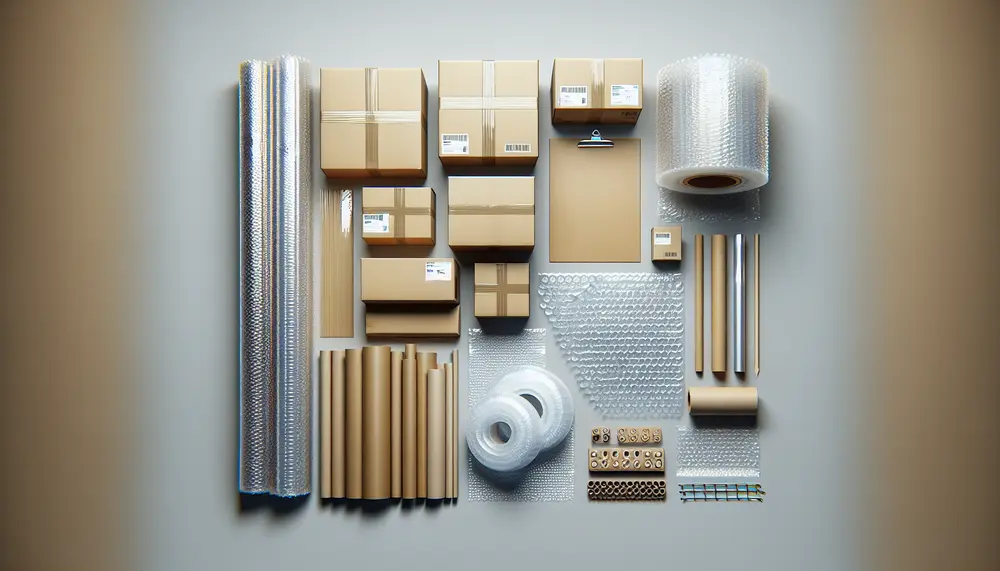
Packaging hazards pose risks to product safety during transportation and storage, stemming from physical damage, environmental conditions, and human error; addressing these requires a comprehensive design strategy. Shipping hazards are categorized into shock damage, vibrations, compression forces, and atmospheric conditions;...

Packing peanuts are used in packaging to fill empty spaces, prevent movement, and absorb shocks during shipping. They come in various materials including Styrofoam and eco-friendly options like biodegradable starch-based peanuts, with TOTALPACK® offering high-grade reusable types. The environmental impact of...
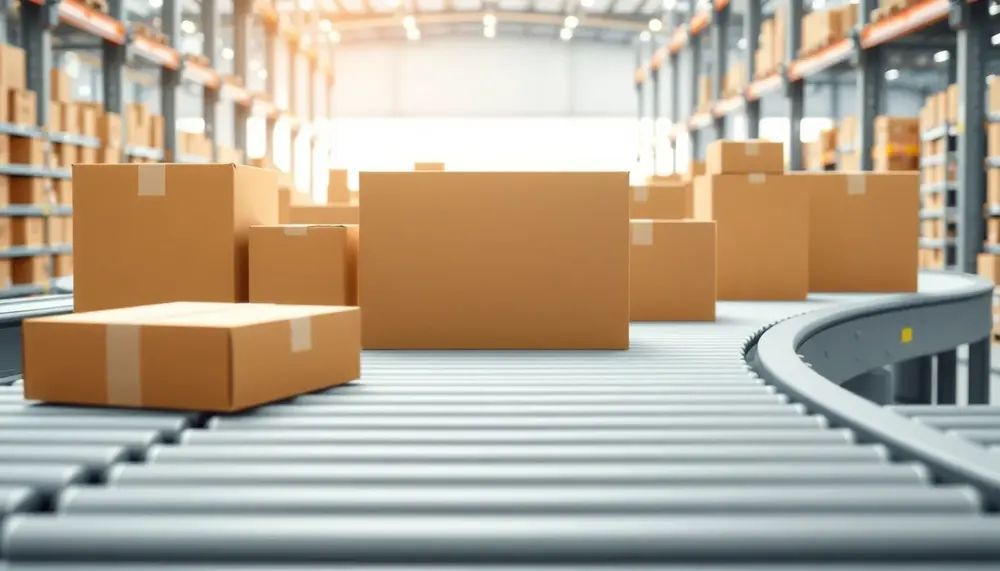
Amazon's packaging evolution reflects its commitment to innovation, sustainability, and customer satisfaction through initiatives like Frustration-Free Packaging, which reduces waste and enhances the unboxing experience. By leveraging eco-friendly materials, AI-driven optimization, and scalable solutions across product categories, Amazon has set...

Packaging engineering is a crucial field that combines science, technology, and design to create packaging solutions ensuring product safety, quality, and appeal across various industries. Packaging engineers are responsible for designing practical and attractive packaging, selecting sustainable materials, ensuring compliance...

Package design engineering combines elements of engineering, design, and marketing to create packaging that protects products while enhancing their appeal and functionality. Key skills for package design engineers include technical proficiency, problem-solving abilities, attention to detail, creativity, communication skills, and...
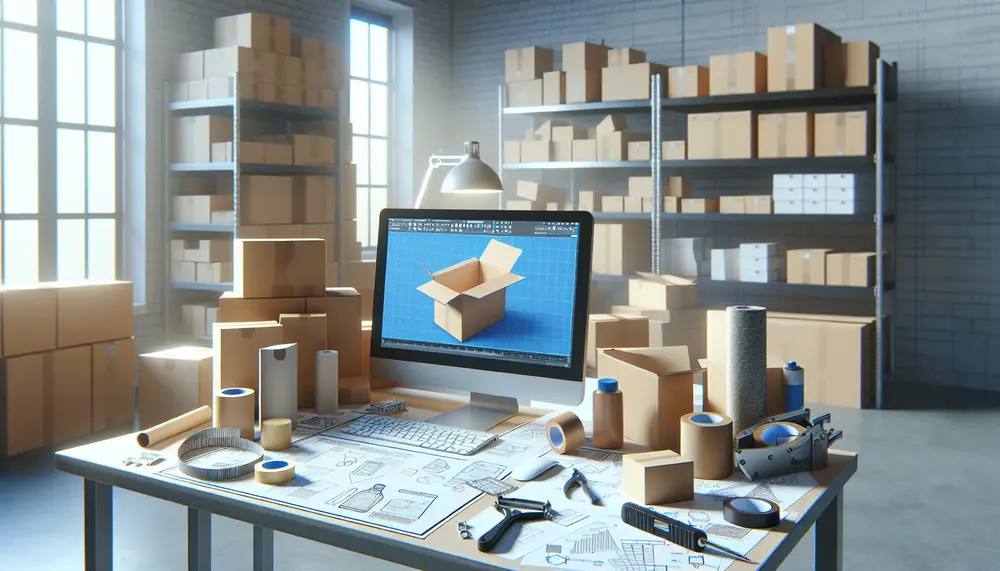
Packaging engineering combines science, technology, and creativity to develop functional and cost-effective packaging solutions that meet regulatory standards while enhancing product appeal; engineers must balance material selection, design innovation, environmental impact, and compliance with industry requirements....
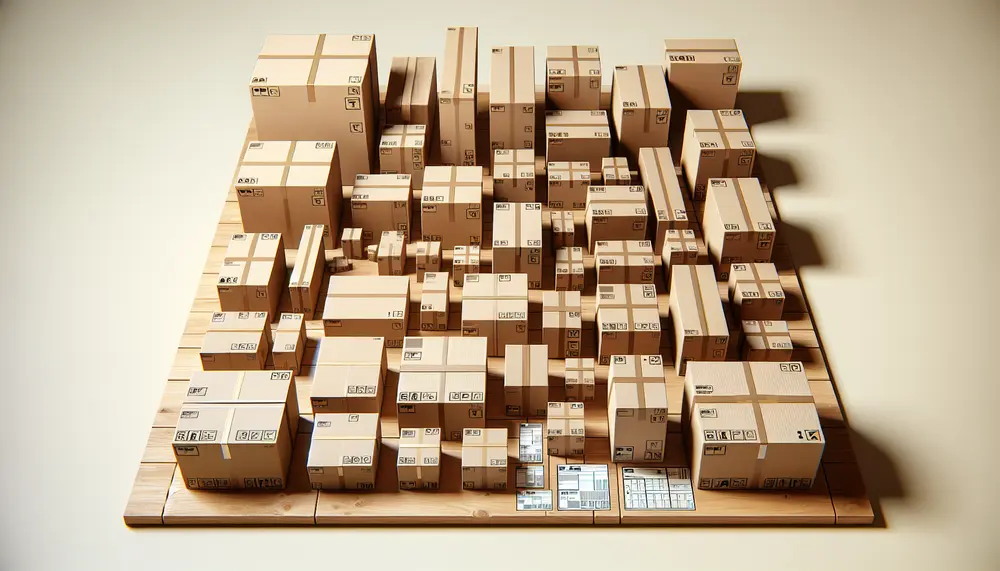
The article discusses the importance of choosing the right packaging box for shipping, emphasizing that a good box protects contents and saves costs. It outlines factors to consider when selecting a box type, such as product nature, shipping method, and...

Pharmaceutical packaging is vital for ensuring medication safety and integrity, involving primary components that protect against environmental factors and secondary packaging that aids in branding and protection during transit. Technological advancements like automated inspection systems enhance quality control, while compliance...
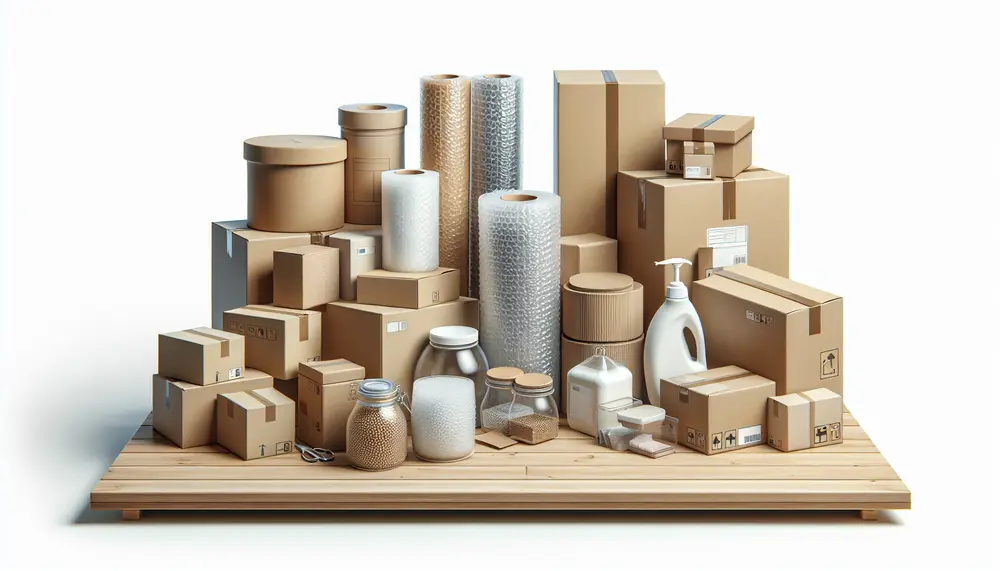
Understanding the basics of packaging is essential for product protection, presentation, and meeting legal standards. It involves considering physical characteristics, user experience, and regulatory compliance to create effective solutions. Different types of packaging materials serve various functions and have distinct environmental...

